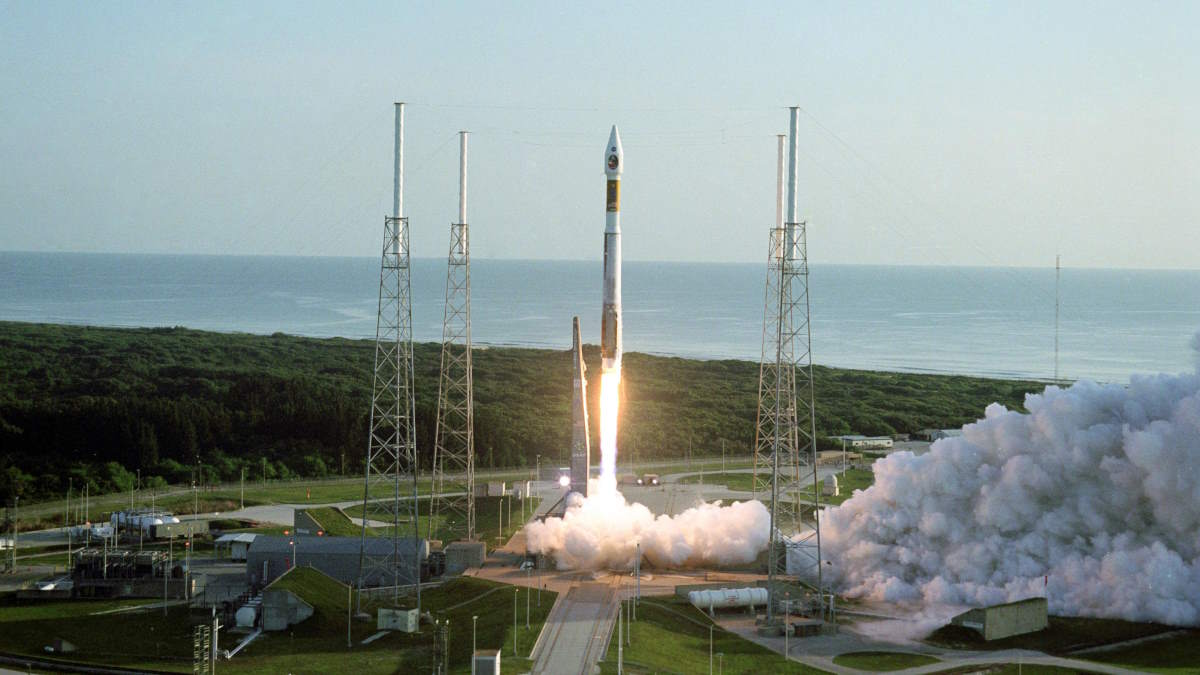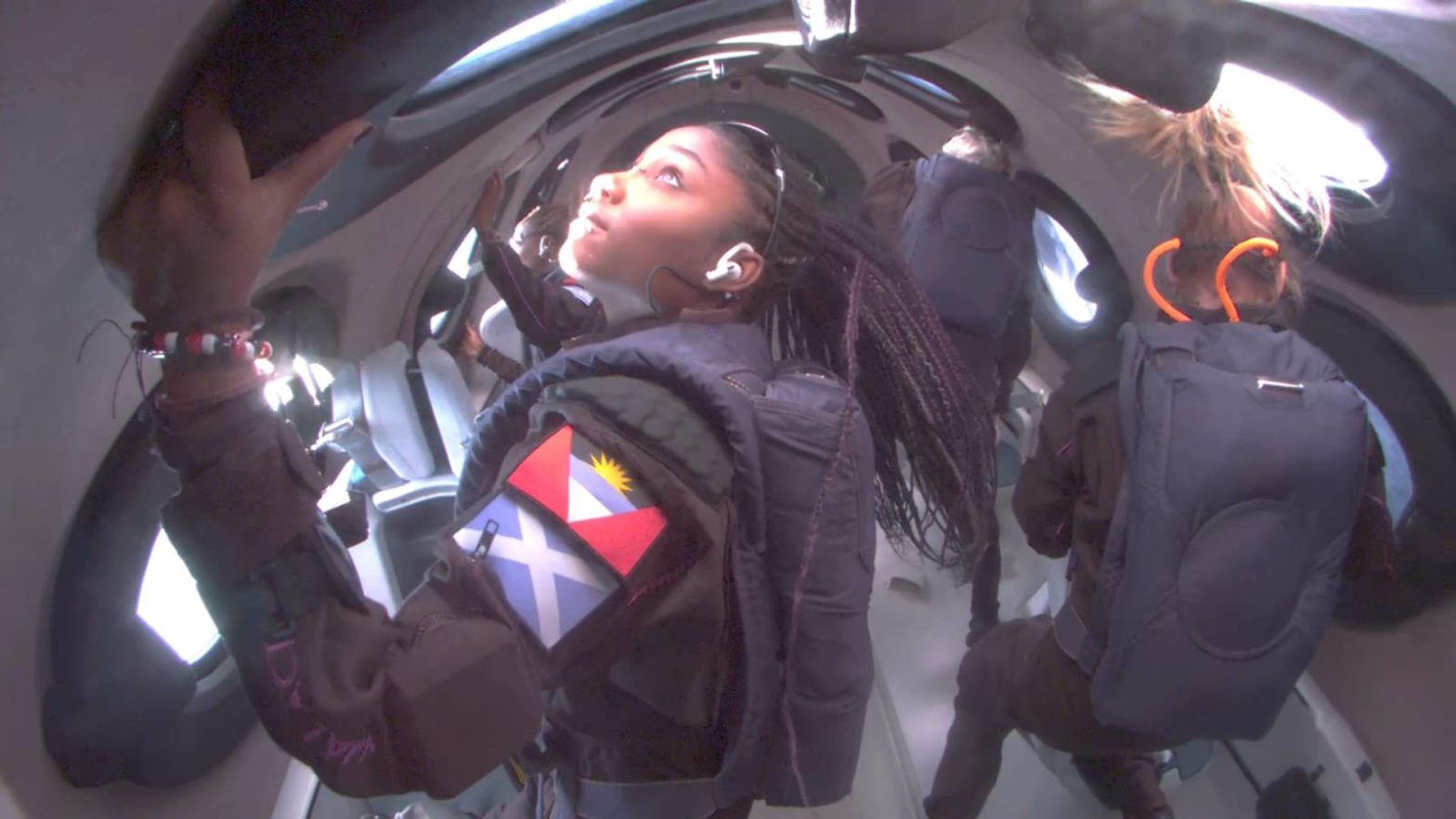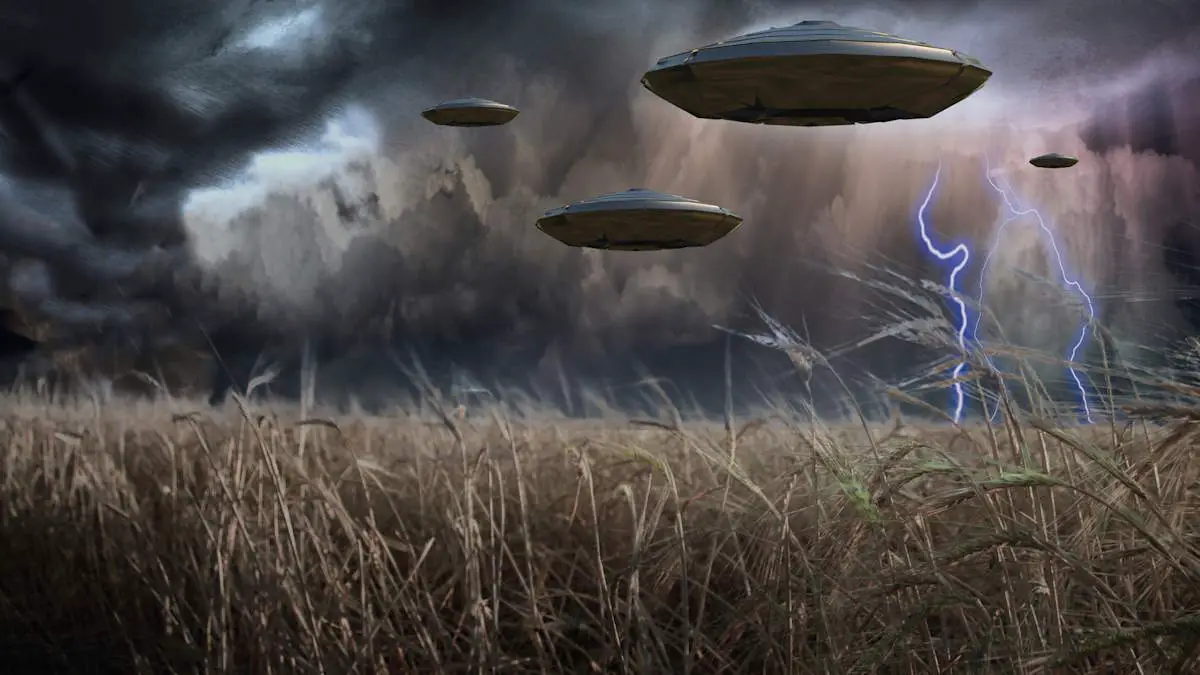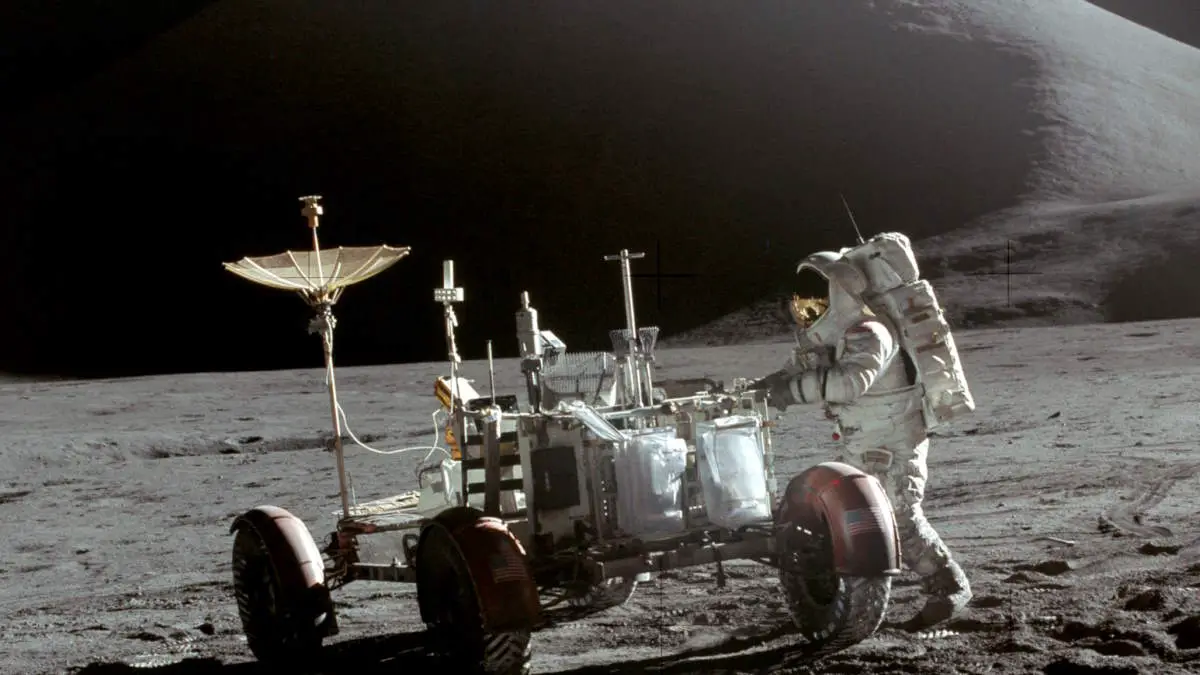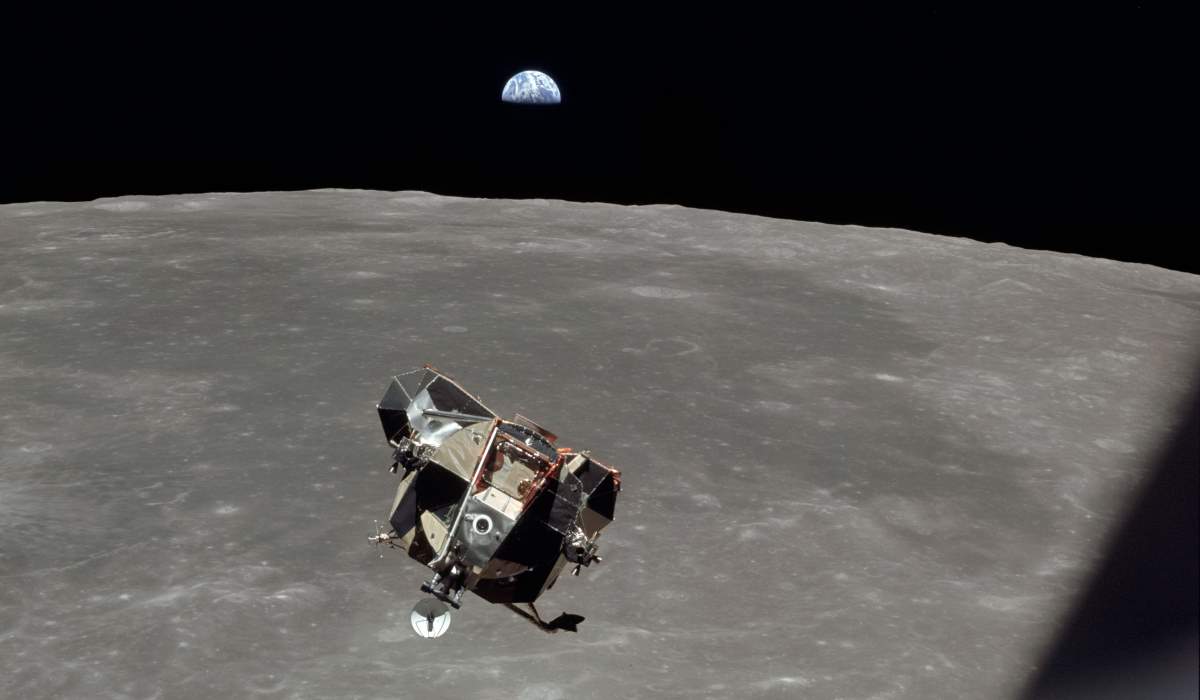On August 12, 2005, Mars Reconnaissance Orbiter was launched from Cape Canaveral, as part of NASA’s Mars Exploration Program. MRO is a multipurpose spacecraft designed to conduct reconnaissance and exploration of Mars from orbit. The orbiter played a crucial role in advancing our understanding of the Red Planet, both in terms of current conditions and its history.
Continue reading “Mars Reconnaissance Orbiter was launched on August 12, 2005”The Youngest Person to go to Space: Anastatia Mayers
Anastatia Mayers, an 18-year-old philosophy and physics student from Aberdeen University, made history as the youngest person to travel to space. Her extraordinary journey aboard Virgin Galactic’s Galactic 02 (G02) flight on August 10, 2023, not only set a record for youth but also marked a significant milestone in space tourism.
Continue reading “The Youngest Person to go to Space: Anastatia Mayers”The Moral Imperative of Carbon Dioxide Removal vs. Adaptation: A Glimpse into the Future
As we inch closer to the precipice of irreversible climate change, the debate surrounding how best to address its challenges intensifies. Two primary solutions have emerged in this arena: Carbon Dioxide Removal (CDR) and adaptation. While both have their merits, there’s a moral question at the core of this debate. Do we remove the CO₂ we’ve introduced, thereby addressing the root cause, or do we adapt to the changing world, leaving behind those who can’t? The ethics of this dilemma are further intensified when we consider those most affected by these changes, yet have benefitted the least from the industries responsible for CO₂ emissions.
Continue reading “The Moral Imperative of Carbon Dioxide Removal vs. Adaptation: A Glimpse into the Future”9 Full Moon Facts and Myths
Moonlit nights have often been the backdrop for tales of mystery and wonder, especially if there’s a full moon. Whether through superstitions or folklore, the moon has been the muse for countless narratives of supernatural occurrences and strange behaviors. But how much of what we’ve heard is truth, and how much is a mere myth? Diving into the world of lunar phenomena, this article will explore eight myths and facts about the moon’s influence on our lives, its effects on animals, and its intricate relationship with our planet. From our sleeping patterns to the glow of scorpions, join us on a journey that separates lunar fact from fiction.
Continue reading “9 Full Moon Facts and Myths”The future as envisioned in 1967: The year 1999
In 1967, as space-age fantasies ignited imaginations across the globe, the then Philco-Ford, now Ford Motor Company, attempted to capture the future’s heart and soul in a brief cinematic journey. The film titled “1999 AD” catapulted its audience three decades into the future, offering a tantalizing glimpse of everyday life for a quintessential American family, the Shores. Viewing this projection of the future now, the film emerges as a treasure trove of intriguing insights – a harmonious blend of eerily accurate predictions and glaring blind spots, seasoned with the unmistakable charm of the 1960s.
Continue reading “The future as envisioned in 1967: The year 1999”Here’s why we shouldn’t fear aliens as Stephen Hawking suggested [The decline of the violence]
The notion that intelligent extraterrestrial life might exist has always captured the human imagination. But what if they do exist, and what if they find us before we find them? The late physicist Stephen Hawking once expressed deep concern about this possibility, warning that giving aliens our cosmic address could bring death and ruin. But as we dive into the vast tapestry of human history and our growing understanding of our nature, we may find reasons to be optimistic rather than fearful.
Continue reading “Here’s why we shouldn’t fear aliens as Stephen Hawking suggested [The decline of the violence]”10 Amazing Beluga Whale Facts
The beluga whale, scientifically known as Delphinapterus leucas, is a remarkable marine mammal known for its striking appearance and incredible adaptability. Characterized by its distinct white coloration in adulthood, bulbous forehead, and absence of a dorsal fin, the beluga is uniquely equipped for life in the cold and icy waters of the Arctic and subarctic regions. These beautiful creatures not only captivate onlookers with their grace and social behavior but also play a vital role in their ecosystems. From their complex communication methods to their impressive diving capabilities, beluga whales continue to intrigue scientists and wildlife enthusiasts alike, symbolizing the mystery and splendor of the oceans they inhabit.
From its playful demeanor to its astonishing physiological adaptations, there is much to learn and appreciate about this incredible mammal. Here are 10 amazing beluga whale facts.
Continue reading “10 Amazing Beluga Whale Facts”First Use of the Lunar Roving Vehicle (LRV): July 31, 1971
The Lunar Roving Vehicle (LRV), often referred to simply as the “moon buggy,” was used on the Moon in the last three missions of the American Apollo program (15, 16, and 17) between 1971 and 1972. Its first use was during the Apollo 15 mission, driven by astronauts David Scott and Jim Irwin on July 31, 1971.
Continue reading “First Use of the Lunar Roving Vehicle (LRV): July 31, 1971”Here’s why we can’t just release captive lions or tigers into the wild
The debate surrounding the release of captive lions, tigers, and other big cats into the wild is both passionate and complex. While the idea of freeing these magnificent creatures to roam their natural habitats is undeniably appealing, the realities of such a decision are fraught with challenges. From the individual animal’s ability to survive to the broader impacts on ecosystems and the risk of disease transmission, there are numerous factors that must be carefully considered. Here we the multifaceted issues surrounding the potential reintroduction of captive big cats into the wild, shedding light on why such a seemingly compassionate act can lead to unintended consequences.
Continue reading “Here’s why we can’t just release captive lions or tigers into the wild”Lunar Orbit Rendezvous explained: Here’s why we don’t land a spacecraft on the moon directly
In order to go to the moon, we use complex (and somewhat risky) Lunar Orbit Rendezvous. But, can’t we land a spacecraft on the moon directly? Wouldn’t it be easier? Here’s why we use Lunar Orbit Rendezvous instead of sending a spacecraft to directly land on the lunar surface.
Continue reading “Lunar Orbit Rendezvous explained: Here’s why we don’t land a spacecraft on the moon directly”